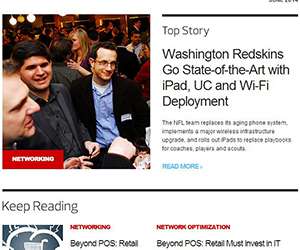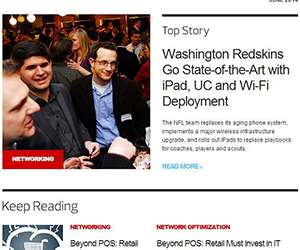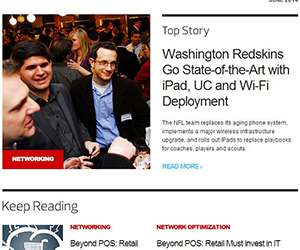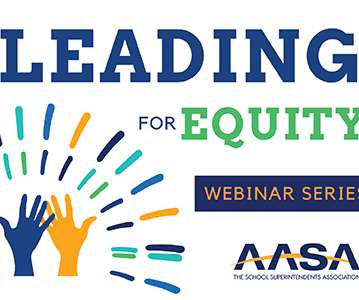Leveraging Technology Can Help English Language Learners Graduate
EdTech Magazine
MAY 16, 2020
In fact, they are the fastest-growing student population, according to the National Education Association , and by 2025, are expected to make up an estimated 25 percent of public school students. DISCOVER: Learn how a school district is solving the digital-equity problem for ELL students. public schools continues to rise.















Let's personalize your content